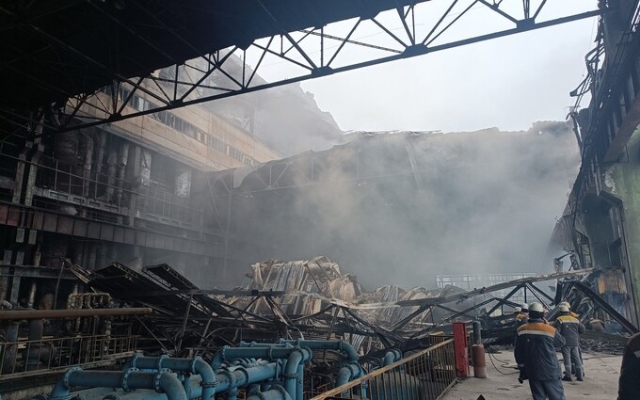 Russian forces attacked Ukrainian power plants in an attempt to disrupt power supplies and cause blackouts. Photo: DTEK
Russian forces attacked Ukrainian power plants in an attempt to disrupt power supplies and cause blackouts. Photo: DTEK
For most of Europe, the sight of 19 windmills on the horizon is a common thing.
But if you look closely, the Tiligul wind farm in southern Ukraine seems nothing short of a miracle.
< p>Assembled in wartime in just nine months, the project has become a symbol of Ukraine's stubborn resistance to Russia's attempts to disable the country's infrastructure.
About 300 engineers from DTEK, Ukraine's largest private energy company, worked around the clock from August to May to start the 114 MW scheme using equipment they had put together after the evacuation of foreign contractors.
These engineers were hard at work. in an open field just 60 miles from the front lines of the war. They have withstood floods, low temperatures, and even salvos of Russian missiles that swept overhead from warships in the Black Sea, forcing them to dive into bomb shelters.
Today, turbines, each about 200 meters high from the ground to the tips of the blades, supply Ukrainians with vital energy after the country's power grid was severely damaged last winter.
They also symbolize Ukraine's desire to replace its fleet of aging coal-fired power plants, which produced about a quarter of all electricity before the war, with cleaner energy sources.
There are not only good environmental reasons for this, but also safety considerations. , — says Maxim Timchenko, Executive Director of DTEK.
According to him, with one crushing missile strike, Russia can disable the entire 300 MW coal-fired power unit.
 Maxim Timchenko, CEO of DTEK, faces the challenge of keeping Ukraine's energy system running during an active conflict. Photo: Paul Grover
Maxim Timchenko, CEO of DTEK, faces the challenge of keeping Ukraine's energy system running during an active conflict. Photo: Paul Grover
In comparison, the 19 Tiligulskaya turbines are hundreds of feet apart and represent much smaller targets.
“In one moment [with coal-fired power plants], we can lose 300 megawatts of power,” Timchenko explains. “You can’t do the same with these turbines.”
This mindset is at the heart of much of the work to rebuild Ukraine’s energy infrastructure, which Vladimir Putin’s forces are relentlessly bombarding with rockets and kamikaze drones.
Damage to this kind of equipment near the front lines has been common since the conflict began last February.
But things escalated last fall when Russian troops began hitting coal-fired power plants, electrical substations and other network equipment across the country in an attempt to break the spirits of the people during the coldest months.
Strikes rained down. daily fall on these objects, leaving behind only tangled masses of metal, and Ukrainians without light and heat at temperatures that can drop to -20 degrees Celsius.
At some point, every coal or hydroelectric power station in the country was damaged, in many cases workers were killed or injured.
Timchenko, who has been unable to return to his family's home in Donetsk since Russia invaded Crimea and parts of southeastern Ukraine in 2014, remembers a particularly «massive» attack in November that plunged the country into massive power outages.< /p>
«The day we all remember is November 23rd,» he recalls during an interview with The Telegraph at his company's London office.
On that day, Russia ruthlessly unleashed a barrage of 70 cruise missiles and five drones. targeting power and water supply systems.
“Back then we didn’t have such advanced anti-missile equipment. Some missiles and drones were missed and they got into our system,” says Timchenko. «Then it was a chain reaction for the entire system in Ukraine.»
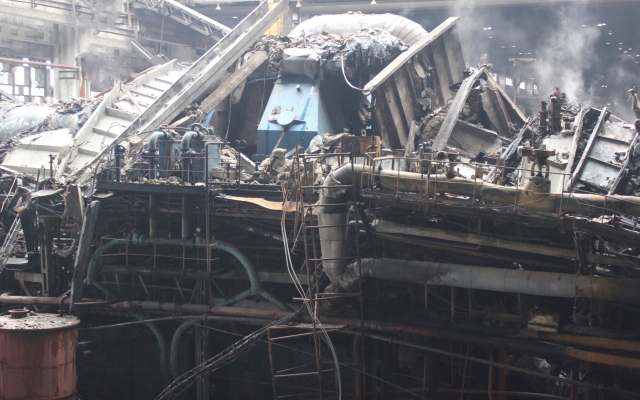 Russian attacks resulted in the shutdown of Ukrainian power plants one by one Credit: DTEK
Russian attacks resulted in the shutdown of Ukrainian power plants one by one Credit: DTEK
Like a row of dominoes, the power grid failure triggered automatic systems at Ukraine's nuclear and coal-fired power plants, shutting them down one by one.
«We lost all coal-fired plants except one — it was a nationwide power outage,» says he.
After the attack, Ukraine's transmission grid operator, Ukrenergo, and DTEK, which is responsible for about 40% of the country's electricity distribution, sent teams of engineers to repair power lines, substations and hydropower facilities.
< p>The waterworks were repaired and used to restart coal-fired power plants. This allowed nuclear power plants to resume operation as well.
Timchenko says the system was eventually restored within 24 hours, although some homes and businesses in parts of the country were reportedly without power for several days. . During the winter, Ukrainian crews learned how to restore power after strikes in a matter of hours.
Although the situation has improved since then, attacks continue, and Timchenko still starts every day with a damage report.
p>
He is in awe of DTEK's 55,000 employees, whether they are engineers who volunteer to repair power grid equipment close to the front line, power plant workers who stay on site during airstrikes, or employees of the Kiev headquarters of the company who worked with the spirit of Blitz throughout the conflict.
“I never expected such a sacrifice, such dedication ”, says Timchenko.
«Can you imagine walking into a power plant knowing that this power plant could be the target of a missile attack at any given time — and you still go in and do what you have to do?
«That heroic behaviour. Let's compare our power engineers with fighters. We have a military front and an energy front — they have the same risk, and they are both fighting for the survival of the country.
He also praises the engineers who have volunteered to repair the power grids in Bucha and other areas. around Kiev, even after one of their colleagues was blown up in his van by a Russian mine.
“They live in relatively safe regions, but still decided to come.”
Meanwhile, those who work at the company's headquarters continue to work on laptops and take video calls in an underground car park that has been turned into a bomb shelter, even when missiles are flying outside. “There is office furniture and all that,” smiles Timchenko.
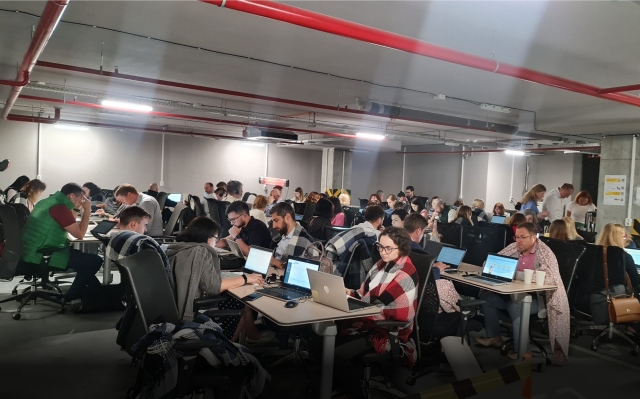 DTEK employees work from a makeshift bunker in the parking lot. : DTEK
DTEK employees work from a makeshift bunker in the parking lot. : DTEK
About 5,000 DTEK employees — many of them former miners — also directly joined the fighting. A total of 187 people have died so far.
Even Timchenko is always in danger. “It’s scary,” he says, “especially when I walk out of my Kiev apartment on the 26th floor and you see drones, you see a hit, and then a big explosion.”
DTEK, which operates eight thermal power plants, provides about one-fifth of Ukraine's total electricity. Most of the electricity in the country is generated by state-owned nuclear power plants. But Timchenko believes her coal-fired plants have been targeted because a Russian strike on a nuclear plant is considered far more risky.
The company is part of a group of industrial enterprises owned by Ukrainian businessman Rinat Akhmetov, whose empire also includes the Shakhtar Donetsk football club and the Azovstal steel plant, which became the focus of fierce fighting during the siege of Mariupol.
In the short term DTEK is still looking for free equipment, including high-voltage power transformers and circuit breakers, which are used in thermal installations.
But in the long term, the company is switching to renewables to make its assets cleaner, more distributed and resilient to attacks. This will also affect the smart grids that are currently being built in the Bucha region and can adapt to partial outages.
to renewable energy sources to make their assets cleaner and more resilient to Russian attacks. Photo: DTEK
In the end, Timchenko believes, Ukraine can become a major supplier of green energy to the rest of Europe.
It may seem far away, but Ukraine is already connected to the rest of the continent and has even managed to export the surplus. electricity at certain points during the war. The country's government has set itself the goal of achieving 50 percent renewable energy by 2030.
The first phase of the Tyligul wind farm, which consists of three parts, which will eventually produce 500 megawatts of electricity, is just one step forward . way to that goal.
Phase two will add 64 more turbines and cost €450m (£386m), money Timchenko is now trying to raise from investors. This is the main reason for his visit to London.
Given the time it takes to build a wind farm in the UK – more than a decade on average – perhaps the Ukrainians could teach us something?< /p>
“You know, we will share our knowledge on how to do something quickly,” says Timchenko. “But I don’t want to share [experience] with anyone about how to do it in a war.”



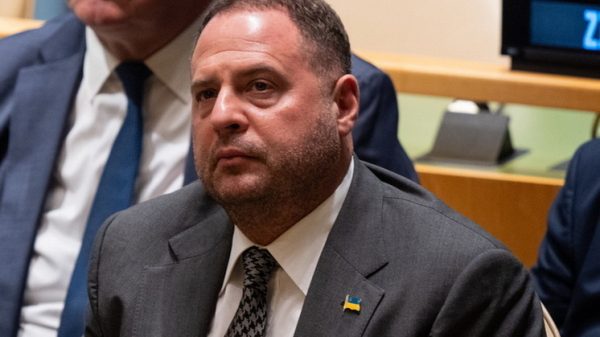

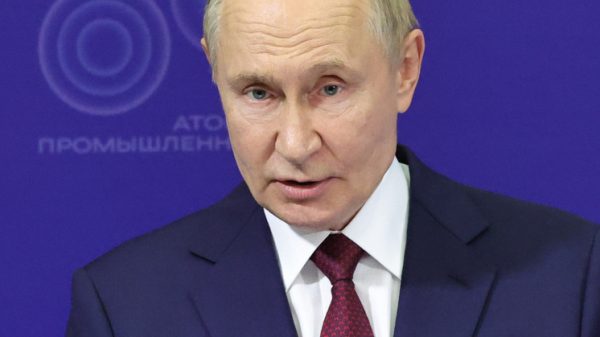



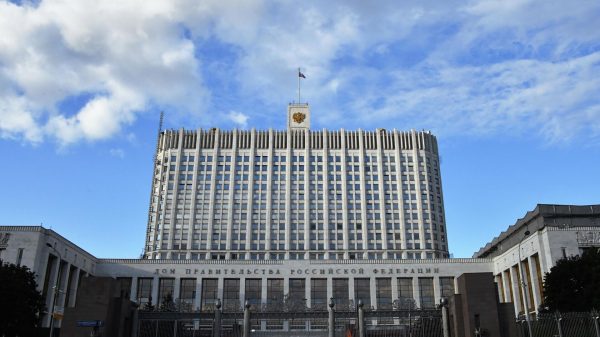







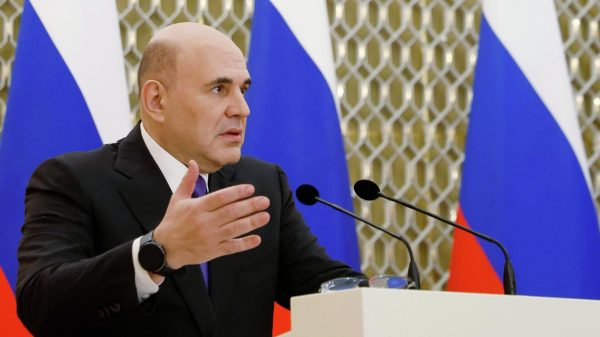
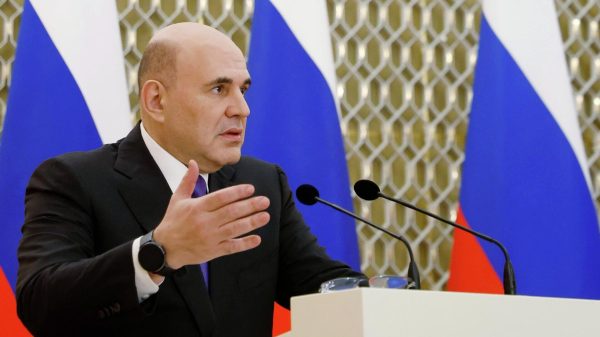





































Свежие комментарии